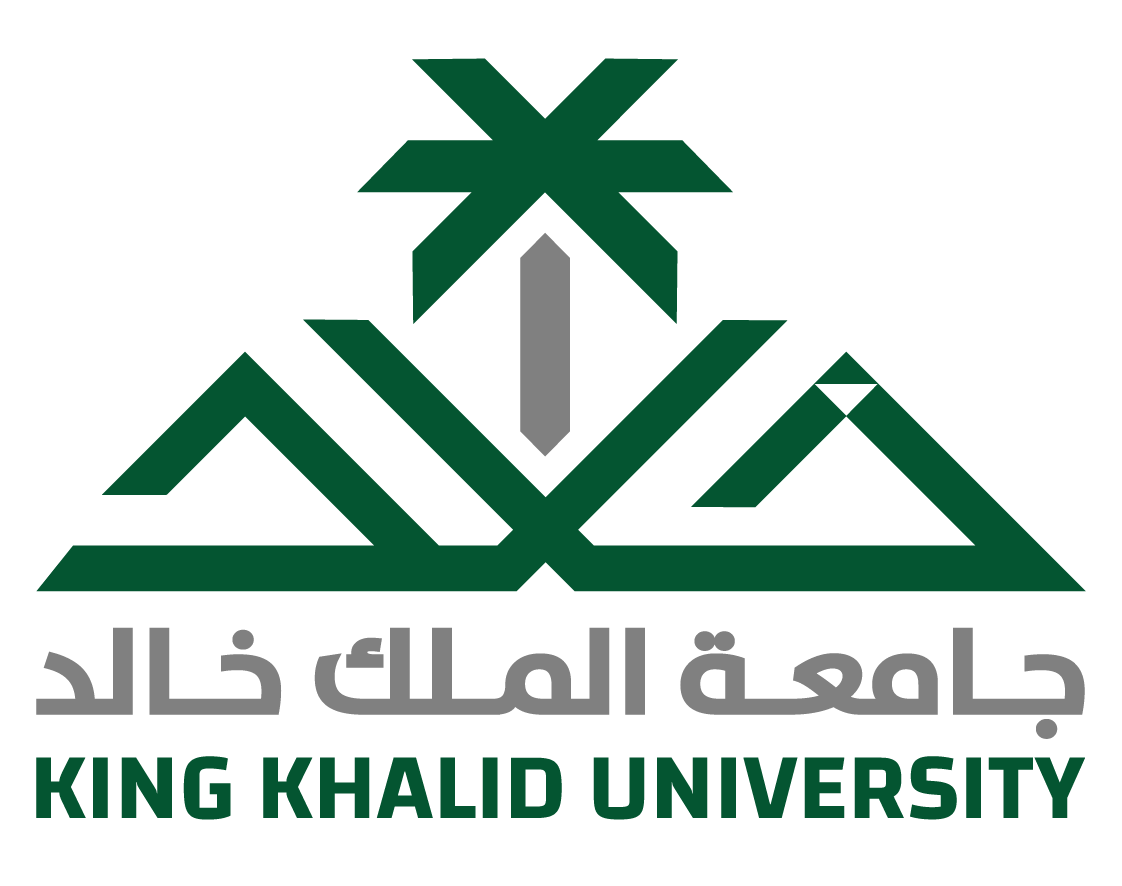Translation of Metaphor
The Language Research Center organized a seminar on November 29, 2017, which included a presentation by two MA students Shaymaa’ Hasan Abdullah and Fayzah Nasser Mohaya titled Translation of Metaphor. Their presentation was based on their research supervised by Dr. Eyhab A. Bader Eddin. The presentation focused on an analysis of how different metaphors can be approached differently whether they should use a literal approach to translation or a free approach to translation. They supported the presentation by providing a tabulation, which compares and contrasts different types of metaphors along with examples provided and the best approach to translation of each type of metaphor.
The Language Research Center organized a seminar on November 29, 2017, which included a presentation by two MA students Shaymaa’ Hasan Abdullah and Fayzah Nasser Mohaya, titled 'Translation of Metaphor.' Their presentation was based on their research supervised by Dr. Eyhab A. Bader Eddin. The presentation focused on an analysis of how different metaphors can be approached differently whether they should use a literal approach to translation or a free approach to translation. They tacitly based their analysis on Eugene Nida's concepts of Formal Equivalence versus Dynamic Equivalence and Peter Newmark's Semantic Translation versus Communicative Translation. They supported the presentation by providing a tabulation, which compared and contrasted different types of metaphors along with examples provided and the best approach to translation of each type of metaphor.
First, they explained metaphor and how to analyze it. There are, they added, two components of metaphor: tenor and vehicle. They also revealed with examples the types of metaphors such as dead metaphor, adapted metaphor, cliché and so on.
When it comes to problems with translating metaphors, they said, lack of knowledge of the target language’s culture is an obstacle with a literal approach to translation coupled with an inability to find an equivalent in the target language. They highlighted how to translate metaphorical language accurately to avoid misunderstanding. They exemplified literal translation that resulted in semantic issues with metaphorical texts.
Shaymaa and Fayzah concluded that dead, adapted and original metaphors can be translated with both literal and free approaches.
The Graigor campus also participated in this seminar online. A few comments and questions from the female and male sides ensued.
The presentation was very interactive and overall a great success.
Date: 11/30/2017
Source: MD Adil
